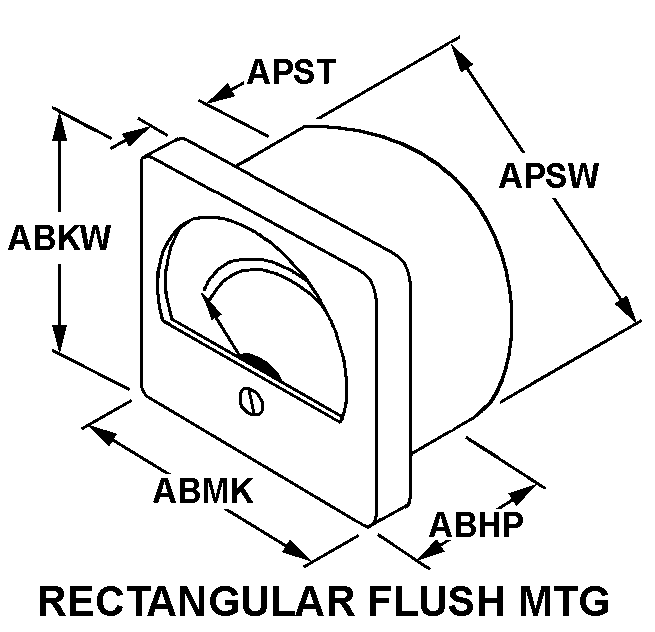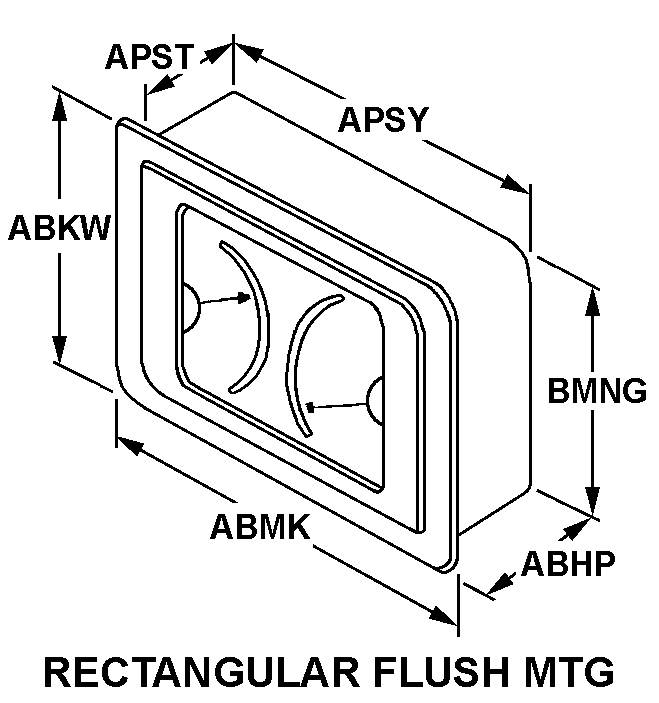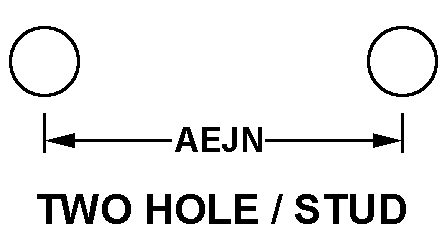6625004091257
Price Quote Get an up to date pricing and availability quote for this product. Order online or over the phone.
Quality Commitment
Serving our customers with quality and safety first.
- AS9120 Certified
- Audited supply chain
- ITAR Registered
- DDTC Registered
- HAZMAT Certified
- Customer service objectives
- Every product 100% inspected

6625-00-409-1257 Specification Set by the OEM (see RNCC code 3)
dc
2.360in. ⁓2-3/8"
2.900in.
4.500in.
100 single indicator single range
0.660in.
fungus resistant
3.500in.
mtg hdw 2; term. hdw 2
dial w/pointer
panel
two hole/stud
100.0 microamperes
black single indicator single range
-2.0/+2.0 at full scale single indicator single range
unable to decode or unable to decode
1.310in.
2.160in.
moving coil, permanent magnet
white single indicator single range
black single indicator single range
1 band only marked set level
2 threaded stud
linear single indicator single range
0.138in.
jewel pivot base
2 threaded stud
extended line at center scale
steel
nonhardened
enamel semigloss
rectangular flush mtg
dc res: 1800 ohms
test set, elect. equip.
Cross Reference Parts Part numbers that meet the specification outlined on this page and set by the OEM
Identification Item Identification Guide (IIG) and Item Name Code (INC)



Definition Definition of approved item name (AIN): "METER,ARBITRARY SCALE"
An electrically operated instrument which has a marked scale or digital readout display, but the unit of measurement is not given. May indicate electrical or nonelectrical effects but is primarily not a current detecting device; therefore, excludes galvanometer. For instruments whose unit of measurement is not covered by a more specific item, see meter, special scale.
6625-00-409-1257 Material Hazmat, Precious Metals, Criticality, Enviroment, and ESD
Indicates there is no information in the hmirs. The nsn is in a fsc in table ii of fed std 313 and a msds may be required by the user. The requirement for a msds is dependent on a hazard determination of the supplier or the intended end use of item.
Item does not contain precious metal.
Represents items with no adp components
The item does not have a nuclear hardened feature or any other critical feature such as tolerance, fit restriction or application.
Identification Codes
HMIC: Hazardous Material Indicator Code. A one position code that identifies a hazardous item.
PMIC: Precious Metal Indicator Code. A one position code which identifies items that have precious metals as part of their content. precious metals are those metals generally considered to be uncommon, highly valuable, and relatively superior in certain properties such as resistance to corrosion and electrical conductivity.
ESD: Electrostatic Discharge. Indicates if an item is susceptible to electrostatic discharge or electromagnetic interference damage. electrostatic discharge damage occurs when an accumulation of static electricity generated by the relative motion or separation of materials is released to another item by direct contact. electromagnetic interference damage occurs when an item comes into proximity with an electrostatic or magnetic field.
ENAC: Enviromental Attribute Code. Identifies items with environmentally preferred characteristics.
CRITL: Criticality Indicator Code. Indicates an item is technically critical by tolerance, fit, application, nuclear hardness properties, or other characteristics.






